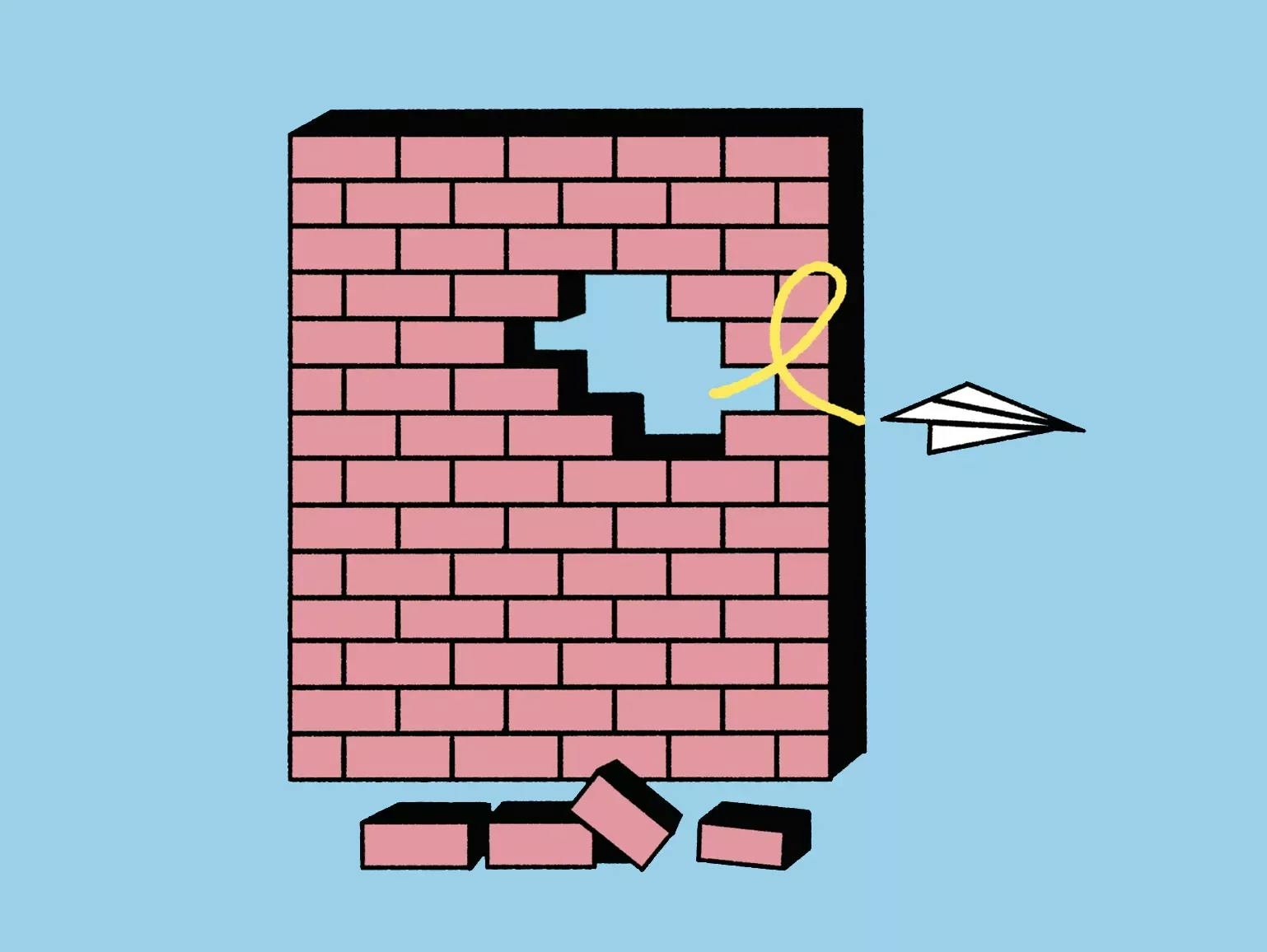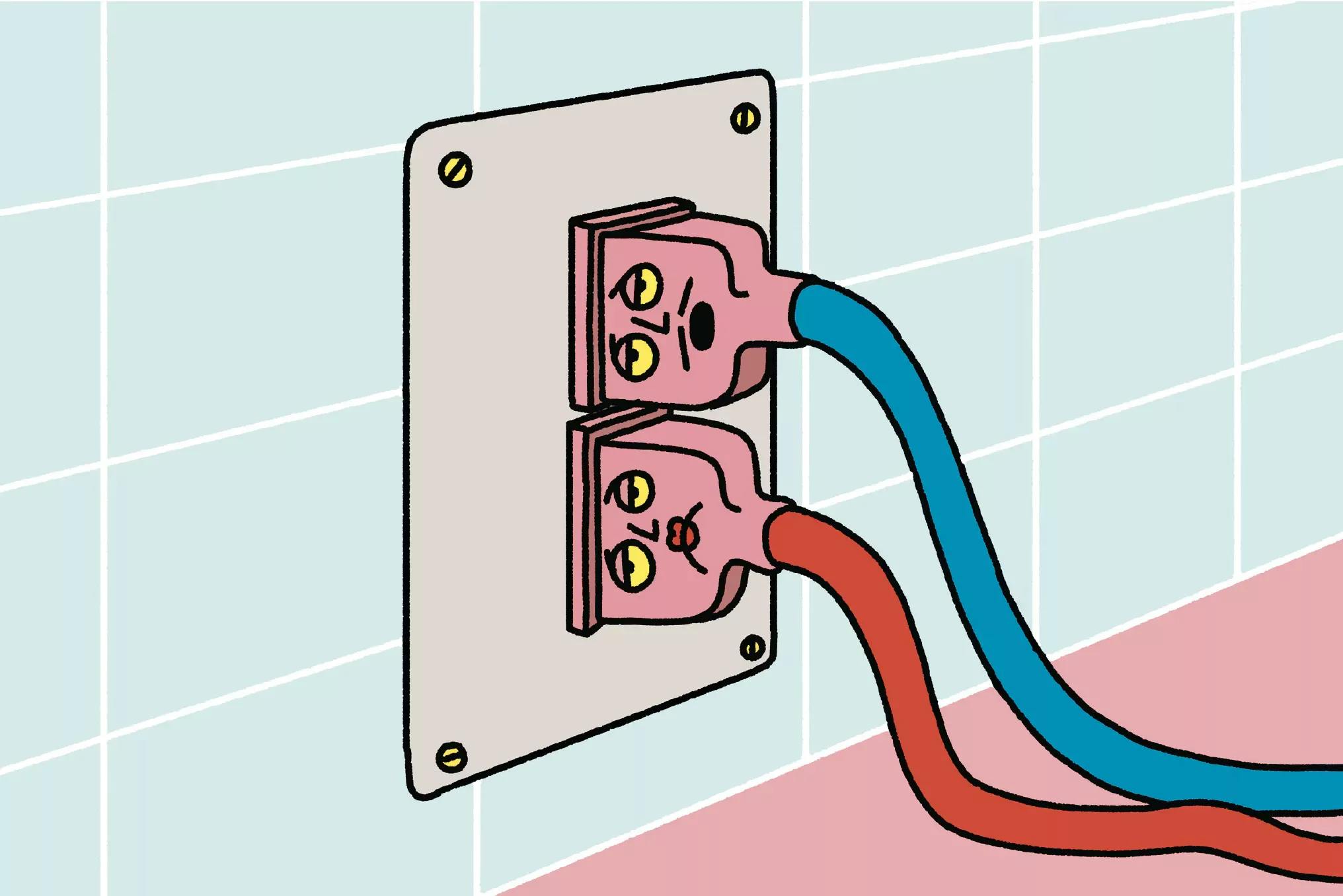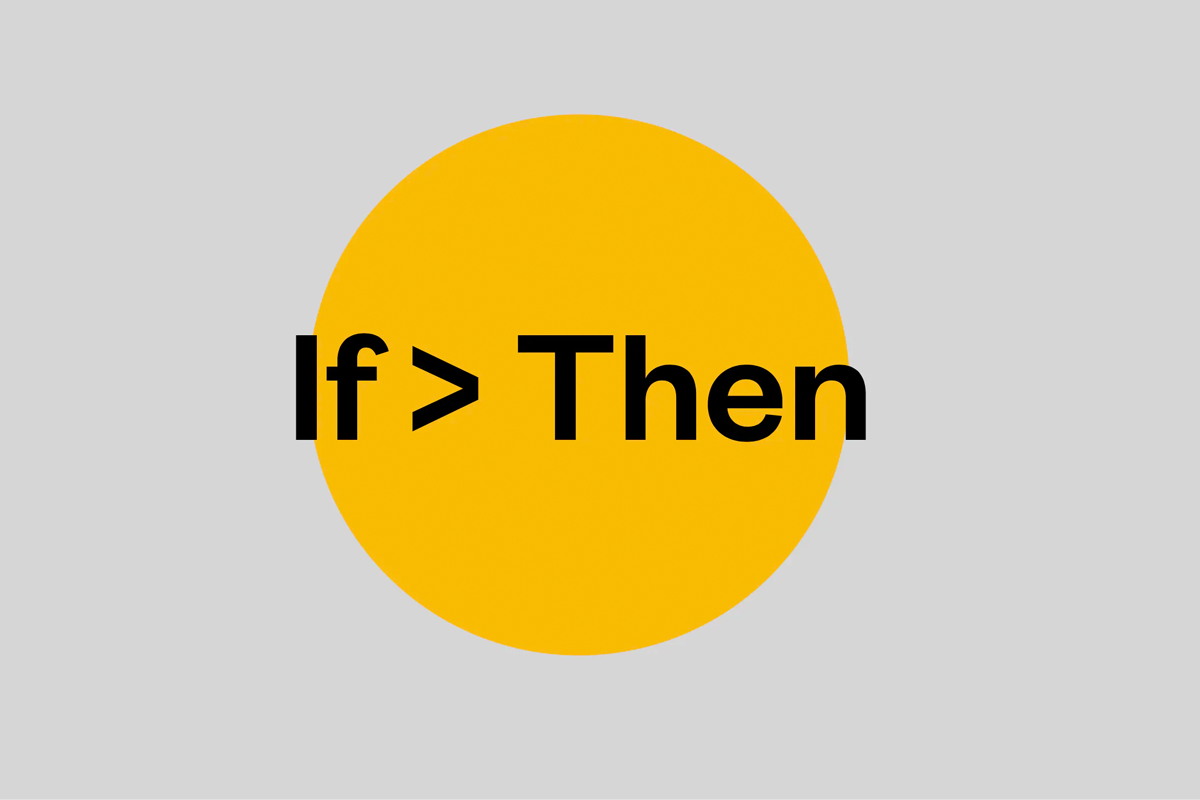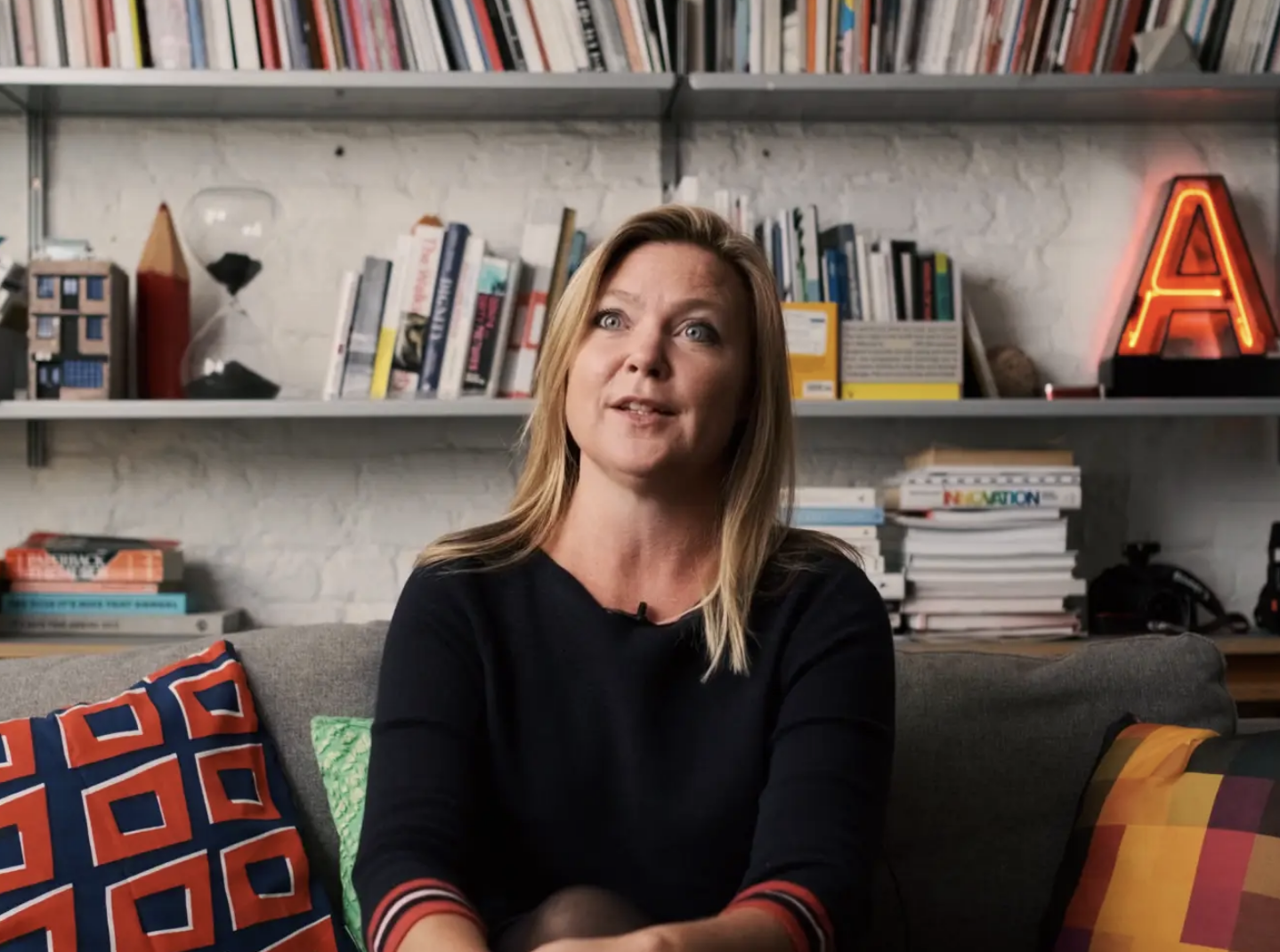Experiment with Timeboxing for more focus and productivity

How would you describe yourself? A procrastinator? A perfectionist? Somebody who overcooks problems? If you struggle with time management in any shape or form, then this tried and tested tool will focus your attention and help steal back your day. Introducing.... Timeboxing.
To try it out you'll need: Your calendar/to-do list, something to write with/on and a timer.
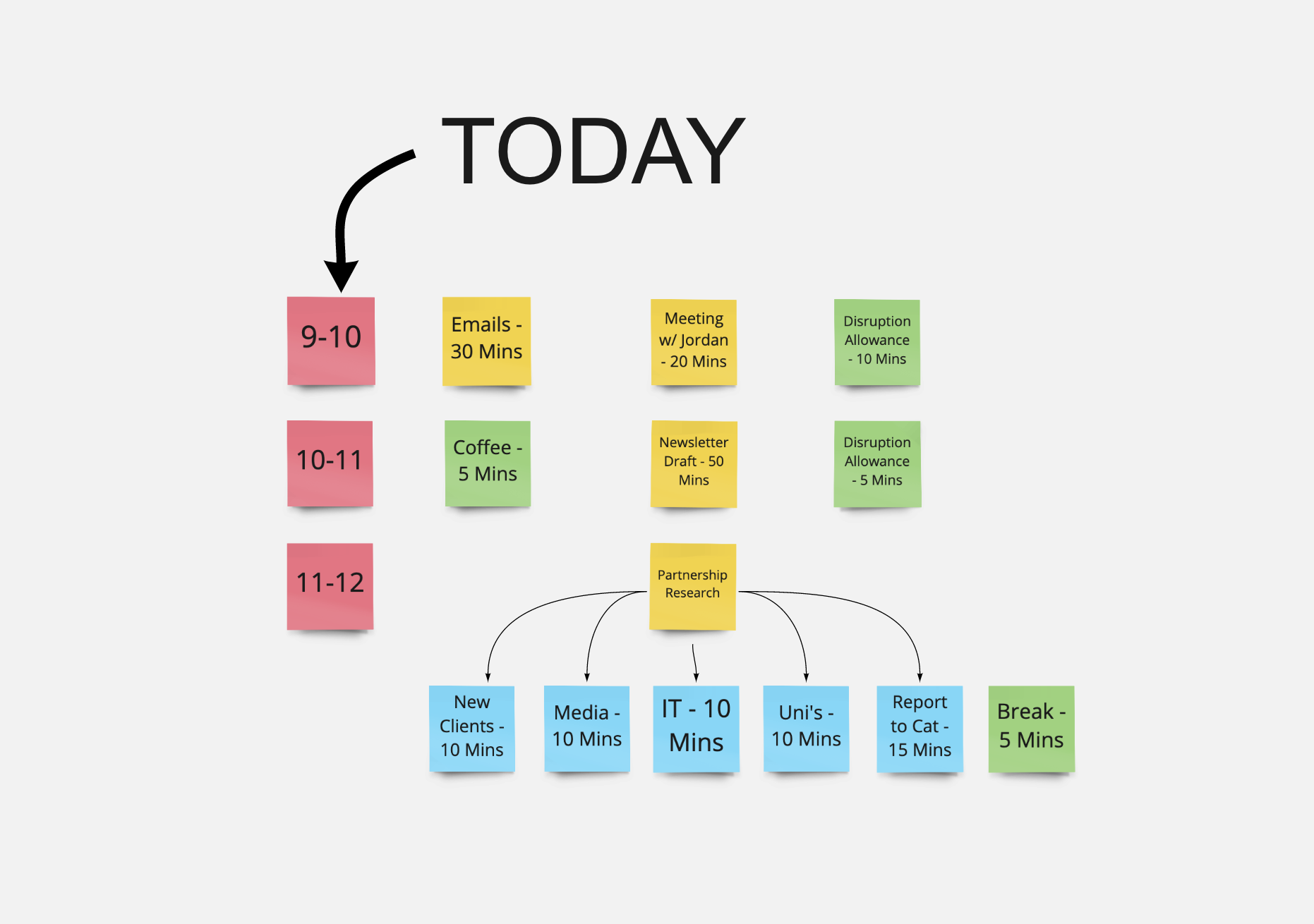
What is Timeboxing?
"I love deadlines. I love the whooshing noise they make when they go by."
Essentially, timeboxing is scheduling. At work, most of us focus on one problem at a time, and devote as much attention as needed to a task before moving on. However, many who do this find that the day seems to run away with them: they've spent too much energy procrastinating or obsessing over one task, and have no time for the others.
Timeboxing offers an elegant solution to this problem. At the beginning of your day, you schedule out your tasks and assign a fixed amount of time to each one, based on how much or little time you estimate it will take. Once that time is up, you must set it down and move on - a great tool for self-discipline, attention and concentration.
👉 Here's how it works in a little more detail...
A Step-by-step guide to Timeboxing
At the beginning of the day, identify everything you need to get done: replying to work emails, drafting out a newsletter, attending a meeting, re-coding a bit of the website, working on an illustration — anything. Make sure to factor in breaks and allow some wriggle room for disruptions as well.
Ask yourself how long you think you'll need to complete each task. When you've got an answer for each one, set it to the task and stick to it. Try to push yourself a little, especially if this is your first time trying timeboxing.
If the task is bigger than most, don't allocate a single block of time for it. Instead, break the task up into smaller steps and timebox each one, creating a clear pathway from start to finish.
Here's where the visual aids come in. Combine all of your tasks and allotted times on a calendar, on post-it notes, wherever you like (it doesn't matter as long as they're somewhere in sight) and schedule out your day.
Go for it! Set a timer on your phone for the allotted time, and start the first task. Keep working until the timer goes off.
If your time is up and the task still isn't finished, you may be tempted to keep at it. Don't. It's important to treat each of the tasks you've set yourself with the same formality that you would a work meeting. Instead, take your scheduled break, reflect on the progress you've made, and move on.
You might have run through the allocated time and not quite finished what you set out to do. You may also have finished the task long before the timer went off, and had nothing to do but twiddle your thumbs. Either one is fine, it's all part of the learning process.
If you didn't manage to finish the task, ask yourself why. What were the blockers? Was the task more complicated that you originally thought it would be? Did you push yourself too hard and not schedule in enough time to finish it? Whatever the blockers were, keep them in mind and adjust the amount of time you give that task when you're next scheduling your day. Learn from the pitfalls you found along the way.
If, however, you finished the task with time to spare, then be sure to reduce the amount of time you give that task next time.
Watchouts
👉 Some jobs, especially the more important ones, need your full attention and won't benefit from being rushed. You should, therefore, avoid Timeboxing if it is imperative that the work you are doing be of the absolute highest quality. If you're sure your work needs 'time to breathe,' - that it would seriously benefit from a slower, more methodical approach - then give Timeboxing a miss for the moment.
👉 It can also be difficult to estimate how much time you'll need for a given task, or how many disruptions will break your flow over the course of your timebox. If it's your first time, don't be disheartened - the important thing is to learn, and adapt. Giving yourself an allowance for breaks and disruptions is part of the process.
Why is Timeboxing useful?
Timeboxing is a multi-tool for all kinds of workplace problems. If you're the kind of person who spends more time overanalysing a task than working on it, the rigid schedule you set yourself forces you to stop thinking and get stuck in, allowing the answers to your problems to reveal themselves along the way. If you're a procrastinator or struggle with concentration it's great for you as well, as it makes you ignore distractions and get as much work done as possible in the short amount of time you've set yourself. And if you take on too many tasks and constantly feel overwhelmed at work, timeboxing ensures you keep an accurate reading of your time so you don't over-commit yourself.
Good to know
If you're interested in further building upon your time-management skills, sign up for our (helpfully bitesize) Micro Habits course. Coach and productivity obsessive Caroline Laycock will help you to transform the negative habits that steal our time (and sap our energy). Here from Caroline below...
